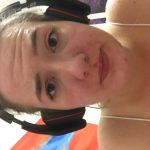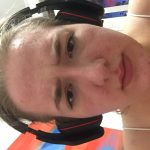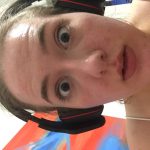I was happy with the result of the first experiment, and I wasn’t sure how to continue on from there, so I decided to go back to the beginning to try to find some more information on emotions as performance.
I started by googling: “performance of emotion”, which returned the following articles that gave the following information:
https://www.6seconds.org/2017/10/02/optimizing-emotions-performance/
A website that seems to be about optimising work and work ethic in organisations; a weird corporate view of how emotions effect literal performance in work places and organisations.
http://jaredtendler.com/emotion/
An article on how to perform in high-intensity situations, within the context of sport performance. It insisted that if emotions run to high, it shuts down your capacity to “access higher-level brain functions.” It also discusses the fight or flight response, saying this response is similar to a computer short-circuiting and poor decisions are made when your brain is in this state. Of note: it doesn’t have any corroborating evidence or links to scientific evidence, outside of a link to a Wikipedia link that explains the Yerkes-Dodson law, so I took the information with a giant grain of salt.
https://www.psychologytoday.com/au/blog/the-power-prime/201012/sports-the-power-emotions
This article was also about whether emotions hurt or help in competition, although more focused on how negative emotions negatively effect your performance, as well as the difference between emotional threat and emotional challenge.
At this point, I realised that these particular search terms weren’t going to give me anything that worked within the understanding of “emotions as a performance” that I wanted to stay within and continue exploring.
I did follow up this google search with one with the search terms “acted emotions.” It gave me a lot of articles about performing emotions on stage, but at this point I gave up on this avenue of research. The information itself was interesting, but I wasn’t feeling artistically inspired.
Instead, I decided I wanted to break down emotions even further, so I photographed myself performing six different emotions: confusion; anger; happiness; sadness; dissatisfaction; surprise.
I then broke these expressions down into three sections that I thought were integral to reading expressions: eyebrows, eyes, and mouth, separating them from their context on the face by drawing them simplistically with pen on paper. These works were meant to explore whether or not general emotions could be read through only one of the three parts of the face that communicate emotion. I would be interested in finding out what people would guess the emotions being expressed were just from the drawings, without the previous photographs as reference.








